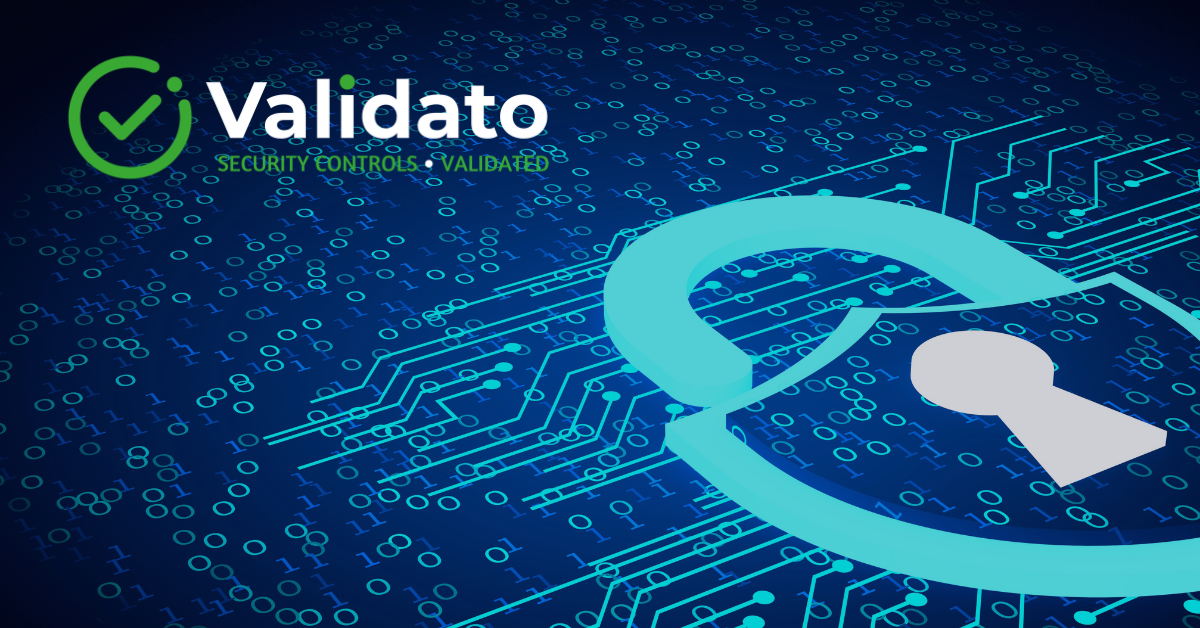Understanding adversarial exposure validation and its implementation challenges
Adversarial exposure validation represents a systematic approach to testing cybersecurity defences by simulating real-world attack scenarios within an organisation’s actual environment. This methodology goes beyond traditional vulnerability scanning by actively attempting to exploit weaknesses and measure how effectively security controls respond to various attack techniques.
Key Benefits of Adversarial Exposure Validation
- Provides empirical evidence about defensive capabilities
- Validates whether vulnerabilities are actually exploitable
- Measures security control performance in real scenarios
- Assesses team readiness against actual threats
- Determines true risk levels of various exposures
Many organisations are turning to adversarial exposure validation as part of their continuous threat exposure management (CTEM) programmes. However, the implementation journey presents numerous challenges that organisations must navigate carefully. Understanding these challenges upfront helps security teams prepare appropriate strategies and set realistic expectations for their adversarial exposure validation initiatives.
What technical hurdles do teams face when starting adversarial exposure validation?
Technical implementation challenges often represent the first major obstacle organisations encounter when deploying adversarial exposure validation. These challenges span multiple areas:
Integration Complexities
| Challenge Type | Specific Issues | Impact |
|---|---|---|
| API Compatibility | Format mismatches, version conflicts | Delayed deployments |
| Operating System Diversity | Windows, Linux, Mac requirements | Increased complexity |
| Safe Testing Environments | Production system protection | Additional infrastructure needs |
| Configuration Requirements | Customisation of attack scenarios | Extended setup time |
Security teams frequently struggle with establishing secure communication channels between validation tools and existing infrastructure. Operating system diversity adds another layer of complexity, as organisations typically run mixed environments requiring specific testing approaches for each platform.
Setting up safe testing environments demands careful attention to prevent inadvertent impacts on production systems. This requires creating isolated testing zones, implementing proper network segmentation, and establishing clear protocols for when and how tests should run.
How do resource constraints impact adversarial exposure validation adoption?
Resource limitations significantly influence how organisations approach adversarial exposure validation implementation. These constraints manifest in several critical areas:
Financial Constraints
- Initial software licensing costs
- Infrastructure requirements and upgrades
- Training and certification expenses
- Ongoing operational costs
- Competition with other security priorities
Time investment represents another critical resource constraint. Security teams must dedicate substantial hours to understanding platforms, customising attack scenarios, and interpreting results. This time commitment often conflicts with daily operational responsibilities.
Skills and Personnel Requirements
| Skill Area | Requirements | Availability Challenge |
|---|---|---|
| Offensive Security | Attack simulation expertise | Limited talent pool |
| Defensive Security | Control configuration knowledge | Competing priorities |
| Risk Analysis | Business impact assessment | Cross-functional expertise needed |
| Platform Management | Tool-specific skills | Requires dedicated training |
Successful validation programmes typically need at least one full-time equivalent focused on managing the platform. For those looking to understand resource optimisation strategies, exploring comprehensive adversarial exposure validation solutions can provide valuable insights.
Why do organisations struggle with cultural resistance to continuous security testing?
Cultural resistance to continuous security testing stems from various organisational concerns and past experiences. Understanding these sources of resistance helps teams develop strategies to overcome them:
Common Sources of Resistance
- Fear of Exposure: IT teams worry that validation exercises will reveal significant vulnerabilities, potentially reflecting poorly on their work
- Operational Concerns: Past experiences with disruptive security testing create scepticism about automated attack simulations
- Workload Anxiety: Teams perceive validation as another system to manage in an already overwhelming security tool stack
- Executive Buy-in Challenges: Security leaders struggle to articulate proactive validation value to business-focused executives
Without strong executive support, validation initiatives lack the organisational mandate needed to overcome resistance from various departments. This absence of top-down support makes it difficult to enforce participation, allocate necessary resources, or prioritise remediation efforts based on validation findings.
What makes interpreting and acting on validation results challenging?
Understanding and acting on validation results presents significant challenges that require both technical expertise and business acumen:
Key Interpretation Challenges
| Challenge Area | Specific Difficulties | Required Capabilities |
|---|---|---|
| Technical Analysis | Complex attack paths and chains | Deep offensive/defensive knowledge |
| Risk Prioritisation | Multiple vulnerabilities and limited resources | Sophisticated risk assessment |
| Business Translation | Technical findings to business impact | Cross-functional communication |
| Remediation Planning | Balancing security and operations | Strategic planning skills |
Security teams often struggle to understand why certain attacks succeeded and how different security controls interacted during attack sequences. Creating actionable remediation plans that align with business objectives demands careful balance between security improvements and operational requirements.
Key takeaways for overcoming adversarial exposure validation challenges
Successfully implementing adversarial exposure validation requires a strategic approach addressing all challenge areas systematically:
Implementation Best Practices
- Start with small, focused implementations to demonstrate value
- Build internal expertise incrementally through progressive scenarios
- Leverage established frameworks like MITRE ATT&CK for structure
- Choose validation tools offering guided remediation capabilities
- Develop clear communication strategies for stakeholders
Understanding how modern continuous security validation platforms can streamline these processes helps organisations make informed decisions about their validation strategy.
The path to effective adversarial exposure validation isn’t without obstacles, but organisations that navigate these challenges successfully gain invaluable insights into their true security posture. By acknowledging and preparing for technical hurdles, resource constraints, cultural resistance, and analytical complexities, security teams can build validation programmes that genuinely improve their defensive capabilities and reduce cyber risk.


